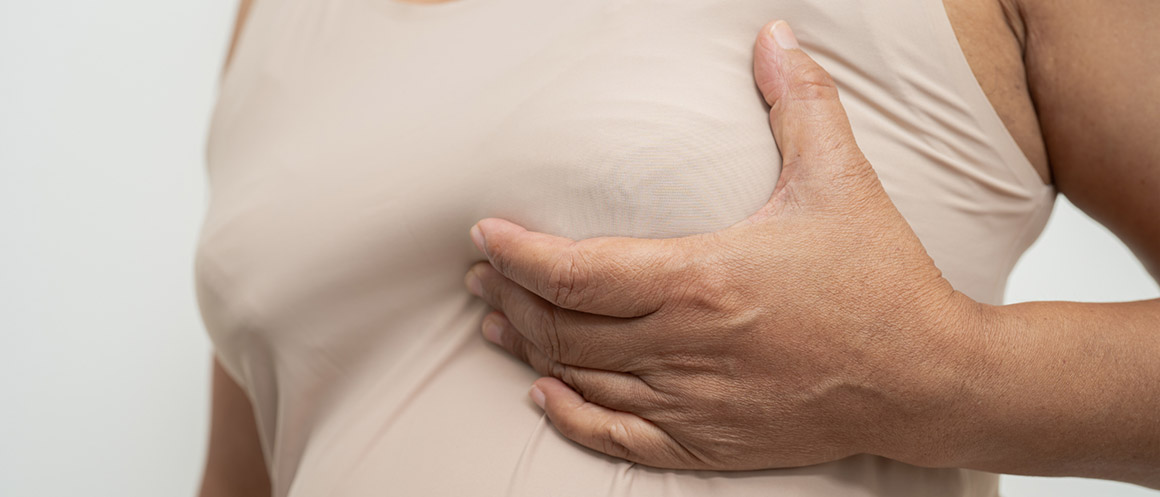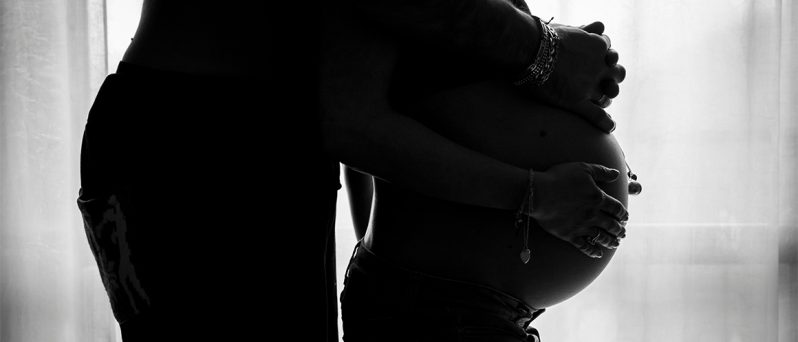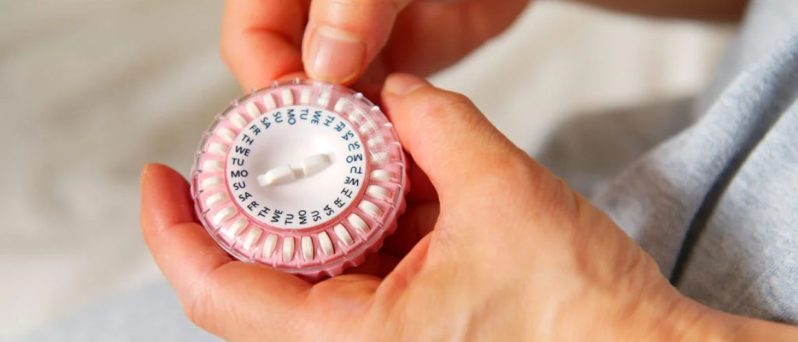Detecting early signs of breast, pec and chest cancer can be difficult, as the signs and symptoms can be different case by case. There are practices that you can do to help detect any changes early – like attending smear tests, it’s just as important to check your chest regularly and to know what to look out for.
Read on for more information around how to check your breasts and what signs to look out for.
Get to know your breasts/chest
Every person’s chest area is different. Both men and women’s breasts can vary in shape, size, and appearance. By knowing what’s ‘normal’ for you and your chest area, you’ll be better equipped to spot changes and abnormalities.
It’s important, if you have a vulva and menstruate, to get familiar with how your breasts feel at different times of the month. This is because the way your breasts feel can change during your menstrual cycle. Common changes that people experience during their cycle are tender and lumpy breasts around the time that they’re due their period.
The NHS Breast Screening Programme has produced a plan for being breast aware and catching the early signs that might suggest breast cancer:
- Know what’s normal for you by checking regularly (once per month is recommended)
- Look at your breasts and feel them
- Know what signs and symptoms to look for
- Report any changes to a doctor immediately
- Attend routine screenings if you’re aged 50 to 70
How to check your breasts
It’s best to check your breasts once per month at least, so that you can notice any changes and act quickly if needed. You can even set up monthly reminders via Coppafeel (UK service only) to receive a monthly text to remind you to check your breasts.
Breast/chest checking doesn’t need to take long and can be done anywhere! Popular places include in front of a mirror, lying down, or even in the shower.
Using the palm of your hand, work your way around the breasts, focusing on noticing any changes. Don’t forget to check all the way up to your collarbones and under your armpits too.
Breast cancer awareness charity, Coppafeel have an informative step-by-step guide on how to check your breasts and an option to sign-up for reminders. If you’re a first timer, this handy how to check your breasts video is a great place to start.
What to look out for
When checking your chest area, it’s important to know what to look out for to recognise the signs and get help as soon as possible.
Breast and chest cancer symptoms:
- Changes in the size or shape of one or both breasts
- Lumps or swelling in either/both of your armpits or breasts
- Dimpling, puckering or thickening of the skin on your breasts
- Release of any form discharge from either of your nipples
- Changes in the appearance of your nipples
- Rashes on or around your nipple
- Nipple inversion or changes in the direction of your nipples
- Any unusual, constant pain in your breasts or armpits
What to do next
By doing regular breast/chest checks – once a month is a great aim, you will get familiar with your own body and what is normal for you. Breast changes can happen for a variety of reasons and sometimes aren’t serious, but it’s always best to get checked by a medical professional if you find that anything that is not normal for you or if you ever have any concerns.









